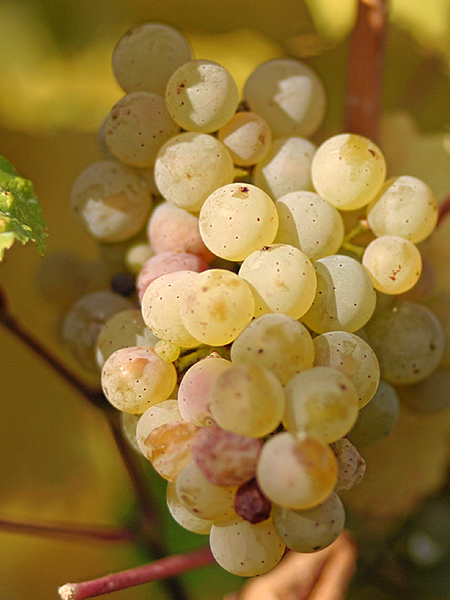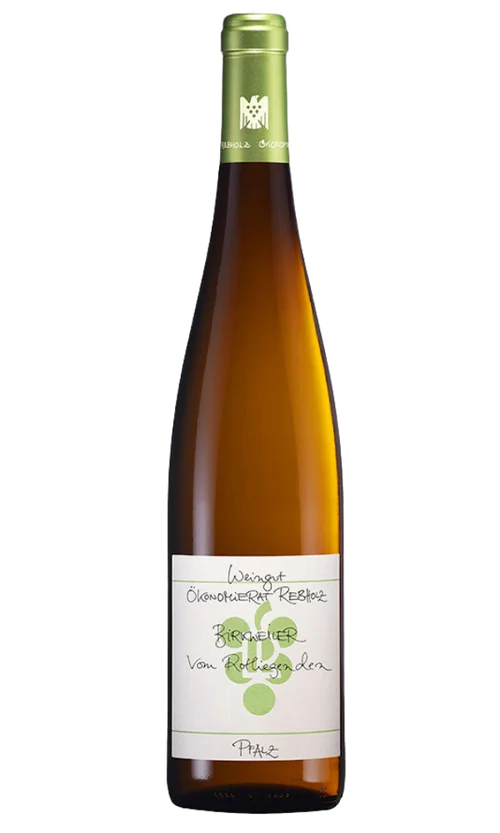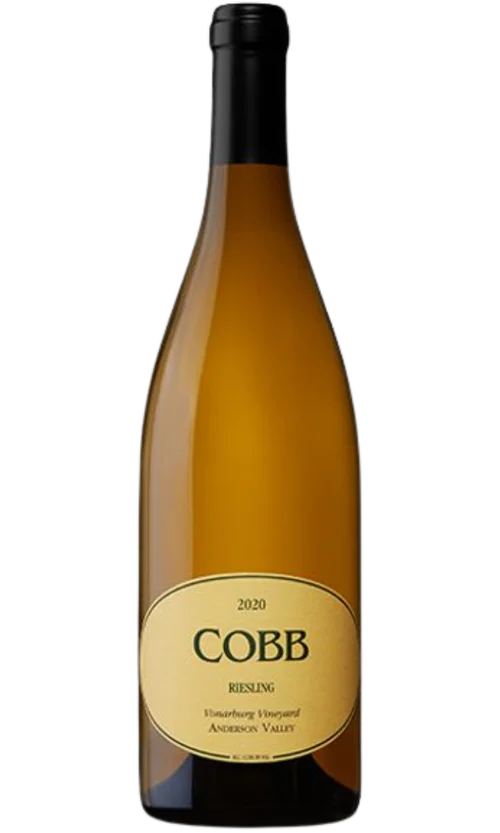About Riesling

Varietal Facts
From dry to sweet, with all styles showing pronounced minerality and acidity
Overview of Riesling
The Riesling grape may scare away some wine novices. In Germany, where the grape reaches its finest expression, labels hew to a rigid, abstruse set of classifications, leaving newcomers with little idea what they may be looking at. Furthermore, many wine drinkers' early experiences with sweet wines from Germany (think Blue Nun), have not been especially rewarding. We say that it's your loss if you continue to fear the tall, flute-shaped bottles. Sweet does not necessarily equal cloying, and not all Rieslings are even sweet. Push aside these negative perceptions, and discover a complex, delicate, and elegant white wine that expresses the unique characteristics of its growing region.
Riesling originated in the Rhine Valley in Germany, and it continues to flourish here as well as in the neighboring Mosel region. German producers are selective about where they plant their Riesling. It accounts for only 20% of the total plantings in the country, but has priority on steep, slate hillsides, where the soil imparts steely minerality. Here, in Europe's northernmost vineyards of any significance, microclimatic conditions are especially influential to the final product, for the Riesling grape is especially transparent to terroir. In each vineyard, the exposure to the sun, shelter from wind, proximity to water, and other factors contribute to the distinct qualities of a given wine. The timing of the harvest is just as important to the finished wine: on any given site, producers will make multiple passes to collect grapes at differing degrees of ripeness. This allows Riesling to be bottled with different levels of residual sugar: from dry, to semi-dry, to sweet. The residual sugar content also determines the suitability of these wines for cellaring, as sugar and acidity both aid in their preservation.
As a general rule, wines from the Mosel are more expensive and sought-after than wines from the Rhine. But vineyard-to-vineyard distinctions are just as important as those between the regions, and outstanding (and expensive) wines can be found in both locales. Correspondingly, specific flavors will vary from site to site, with some bottlings showcasing varied citrus fruits and others delivering notes of red fruits or apples. Reliable producers include Joh. Jos. Prüm and Reinhold Haart. In the Rhine, look for Gunderloch and Josef Leitz.
Riesling Flavor Profile
For an indication of the transparency of the Riesling grape, move to warmer-weather Alsace. Here, increased (but not overpowering) heat and a longer growing season leads to grapes with less delicacy, lower acidity, and increased fresh fruit flavors. Even still, these wines are praised more for intensity of flavor or elegance, rather than sheer power or weight. In Alsace's grand cru vineyards, sites known to have especially strong ripening conditions and soil with enhanced minerality help craft wines with greater complexity and aging potential. Bottlings bearing the names of these grand crus (e.g. Schlossberg, Sommerberg) will of course demand higher prices. Consider wines from Domaine Zind-Humbrecht, Josmeyer, and Trimbach.
Regions where Riesling is Produced
While Riesling is planted sporadically in other countries, including Austria and Australia, as well as Oregon, Washington, and New York's Finger Lakes region, it rarely achieves the stylishness and grace found in Germany or Alsace. That doesn't mean that these wines should be avoided, for they can be the source of good values-- for example, wines from the Clare Valley in Australia.
Food Pairings with Riesling
Because of its combination of sweetness and acidity, Riesling is an especially versatile wine with food. It works well with fish or pork and is one of the few wines that can hold its own again spicy cuisines like Indian, Chinese, and Thai.












